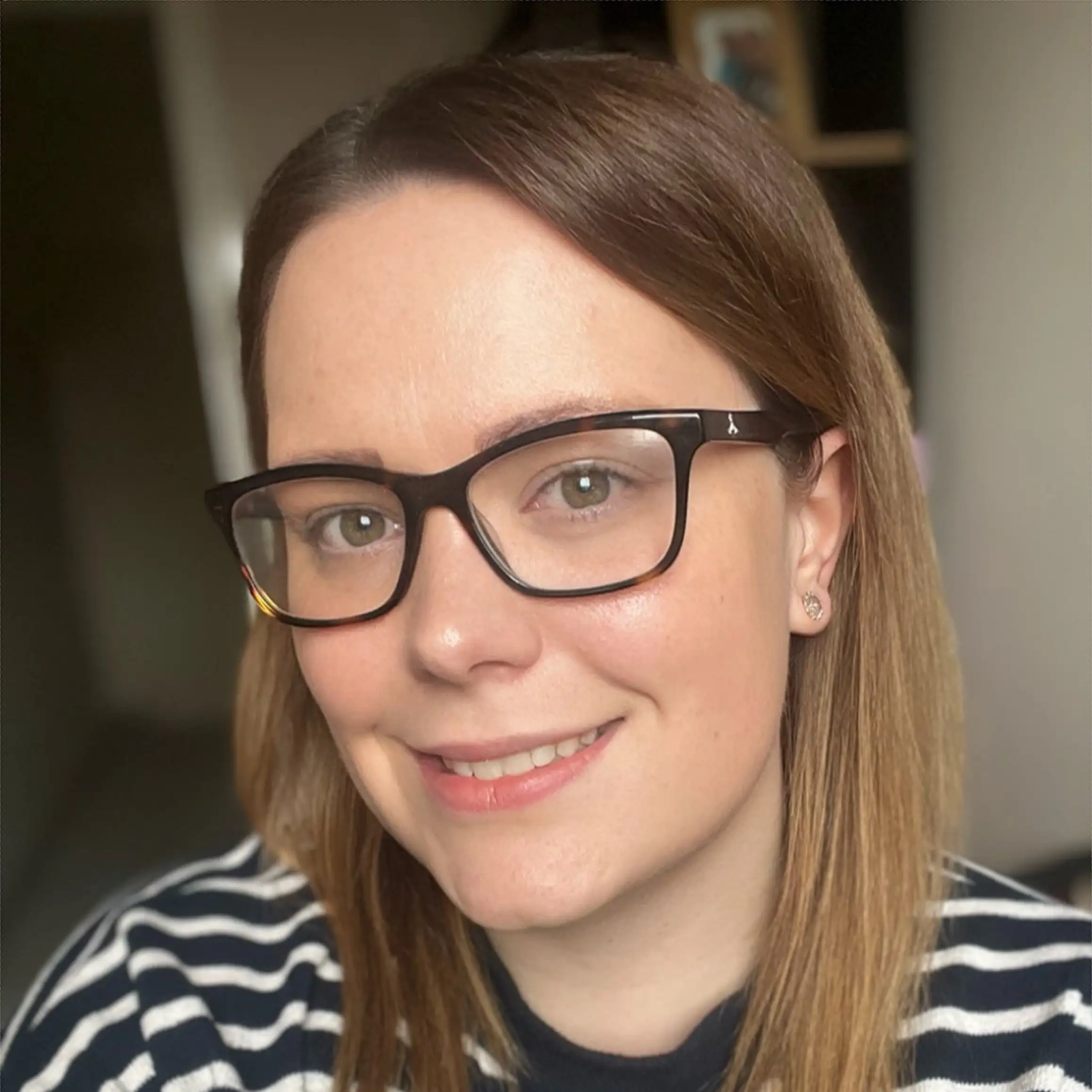

Tell us a little bit about yourself
I joined the Medical Imaging Sciences team in September 2022, ten years after graduating from the University of Cumbria myself. I had always aspired to a career in academia but working within the national Covid-19 research team during the start of the pandemic prompted me to make the move!
What is your practice background and how did you transition into academia?
After qualifying as a diagnostic radiographer, I worked in the NHS. I gained experience working in Projectional Radiography, Fluoroscopy and C.T. I eventually specialised in Mammography after completing my postgraduate studies in Advanced Medical Imaging at the University of Salford in 2016. Although I work in academia now, I maintain my clinical competency through bank shifts at the hospital where I previously worked.
Tell us about your research
I am a history boffin, and a member of the British Society for the History of Radiology. I submitted an essay titled ‘Florence Stoney: Formidable Feminism in the History of Radiology’ to their John Clifton Essay Prize late last year and was awarded 2nd place. Florence Stoney is considered to be the first female radiologist in Great Britain, and contributed massively to the development of radiography post-World War I.
My essay is due to be published in ‘Invisible Light’, which is the journal run by BSHR, in summer this year. I have also recently submitted my essay to be considered for presentation at UKIO, an annual radiology conference held in Liverpool.
What modules do you teach and what’s your favourite part of this?
I am lucky to be a module leader on both our undergraduate and apprenticeship programmes. The undergraduate module I lead is ‘Clinical Radiography 1’. This module is for our first-year students and aims to equip them with all the practical radiography skills needed for placement. I love teaching in our x-ray labs and sharing all my experience from clinical practice. It’s always nice to see how much the students progress over the course of the first semester.
The apprenticeship module I lead is for our ‘top-up’ students, who are qualified assistant practitioners within clinical practice, studying to become radiographers. This module is titled ‘Preparing for Professional Practice: The Radiographer in the Wider Context of Healthcare’ and aims to explore the many other aspects of healthcare that radiographers are involved in. I really enjoy teaching our apprentices, as they are all very experienced clinically, which means I can use their knowledge and experience to enhance what I am teaching.
Aside from the two modules I am lead for, I assist with the teaching on many other modules, across both programmes. The focus of my additional teaching is practical radiographic skills and clinical knowledge.
I also assist with our simulated placement sessions for the undergraduate students.
What makes your course different?
Our undergraduate course in Diagnostic Radiography is different from other courses, due to the placement opportunities offered to our students. All students are allocated a ‘home trust’ which they remain based at for the duration of their studies. We also offer a 50:50 split between placement and university. We also offer our students the chance to focus their studies on a modality of their choice in the 3rd year, which is unique to us here at Cumbria. We host a day to showcase all the options at our Ambleside campus in 2nd year. The afternoon is usually spent on a lovely walk around the Lakes, or eating cake from the Apple Pie Bakery in Ambleside!
Our Radiography bridge and top-up programmes are unique. We have students joining us from all over the country. Thanks to our specialist apprenticeship programmes, assistant practitioners now can qualify as radiographers in 18 months.
We are also really privileged to have fantastic simulation facilities within the Institute of Health. Aside from our live working x-ray labs and ultrasound suites, we have the immersion room. This amazing facility allows us to plan exciting sessions, where students can quite literally immerse themselves into the topic we are teaching!
What advice would you give to students considering studying on your Diagnostic Radiography programmes?
Any professional course that involves clinical placement requires dedication, determination, and a passion for what you are studying. It’s important to be sure that your chosen course is the right one for you. I would always advise attending an open day, meeting the team, and getting a feel for the campus you are hoping to study at. I would also recommend organising a work placement at your local hospital, to experience what really happens in Radiology!
What’s your favourite thing about teaching at Cumbria?
The team are amazing. Everyone is so passionate about their modules, and the profession. The wider university is so supportive to both its staff and students too.
Tell us an interesting fact about yourself
If I had not trained to be a radiographer, I would have likely become a history teacher!
